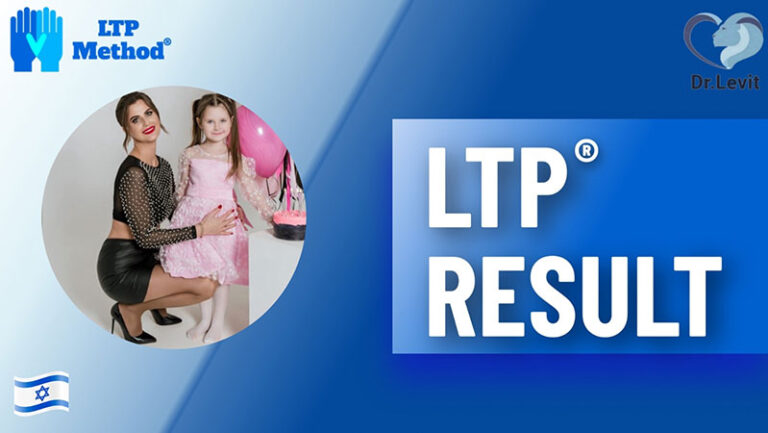Marina’s daughter Pelageya was born an absolutely normal child who walked, talked, and interacted with the outside world and other people. By the age of 1.5 years, her condition began to deteriorate: her speech began to fade, problems with movement began, her posture changed, soon the girl stopped walking normally and spent most of her time on the couch, listening to the same songs. Pelageya practically did not sleep, woke up every half hour, she developed stims (she rolled her eyes, held her breath, clapped her hands). The girl developed severe hysterics, problems with bowel movements (frequent constipation), she did not react to anything, she was inside her own world. Soon Pelageya was diagnosed with autism, cerebral palsy (cerebral palsy), mental retardation (mental development delay). The rehabilitation of an autistic child lasted 4.5 years: 8 courses at the rehabilitation center, classes in ABA and Reflexology, massage, exercise therapy – all this led to improved posture, a decrease in hysterics, but some of them turned into stims. Marina began her original LTP® rehabilitation methodology in February 2022.
Already on the third day of rehabilitation, Maria began to see positive changes in her autistic child: constipation went away, eye contact improved, she stopped listening to the same songs in a circle, she began to be interested in the world around her, showed interest in older children, interaction with her mother improved, stims decreased, teeth grinding went away, sleep returned to normal.
📌PARENT REPORT OF THE LTP® COURSE BEFORE AND AFTER📌 ✅Parent: Marina ✅Child: Pelageya, 6.6 ✅On the LTP® course since February 2022 Country of residence: Russia
📌 THERE WERE PROBLEMS BEFORE THE COURSE: He understands spoken speech very poorly. Brief eye contact (only with mom). There is no speech, if she needs something she says “ma”, very rarely. Doesn’t eat on her own. Doesn’t go to the potty, we wear diapers. He doesn’t know how to wash himself, brush his teeth, or get dressed (in a word, he doesn’t take care of himself). Doesn’t play with toys with children. He walks on his toes and cannot walk for long. Holds his breath for a long time. Stims: – grinds his teeth – rolls his eyes – claps his hands – lies on his left side, squeezing his hands under his chest, and does an exercise with his legs. “scissors” type – in the car periodically in a state of swaying, does not look around. Constipation. Doesn’t meet us, doesn’t hug us. Shows no interest in everything that surrounds her. He constantly listens to the same songs and nothing else besides them, he can spend the whole day on the couch listening to songs. Songs accompany us everywhere. Doesn’t respond to his name. No pointing gesture. Does not copy actions. Allergenic (rough) skin. From constant clapping and squeezing of hands, rough growths have formed on the fingers. He is afraid of the elevator, he is afraid of going up and down the stairs, we walk with side steps – we raise our left foot, then we put our right foot down.
📌 TODAY: I began to understand the addressed speech a little better (give me your hand (gives), let’s go eat (goes), let’s go for a ride (goes to the car), turn on/off, move, close/ open. I began to obligely fixate my gaze, follow actions taking place around her. Shows interest in animals and everything that surrounds her. Constipation has gone, her skin is smooth and not rough to her sisters. at them, smiles, touches them). On the street she began to pay attention to passing cars, people, animals. She sits calmly in the car, carefully looks out the window. She stopped clapping and squeezing her hands, the growths on her. fingers became less frequent. walk on tiptoes.


















